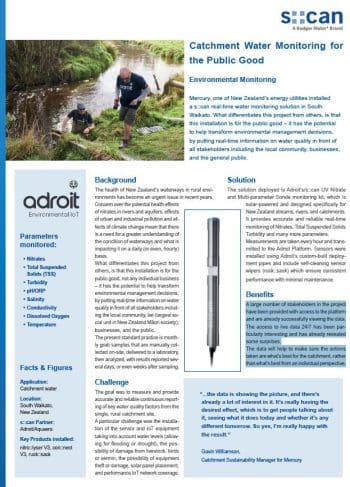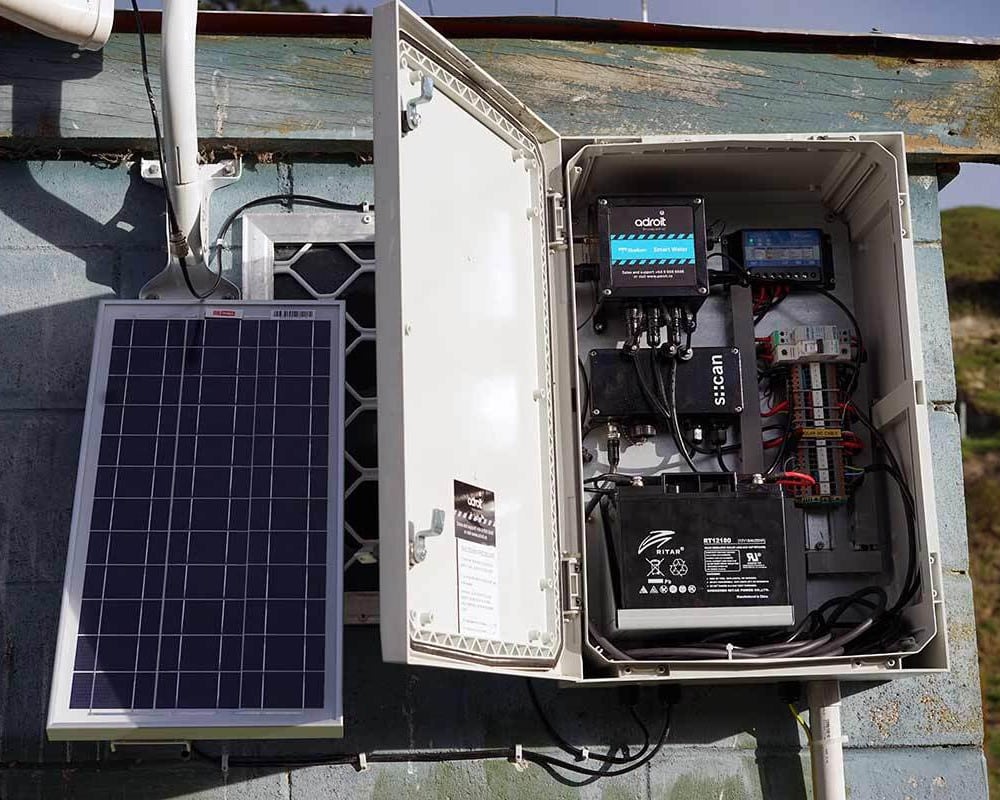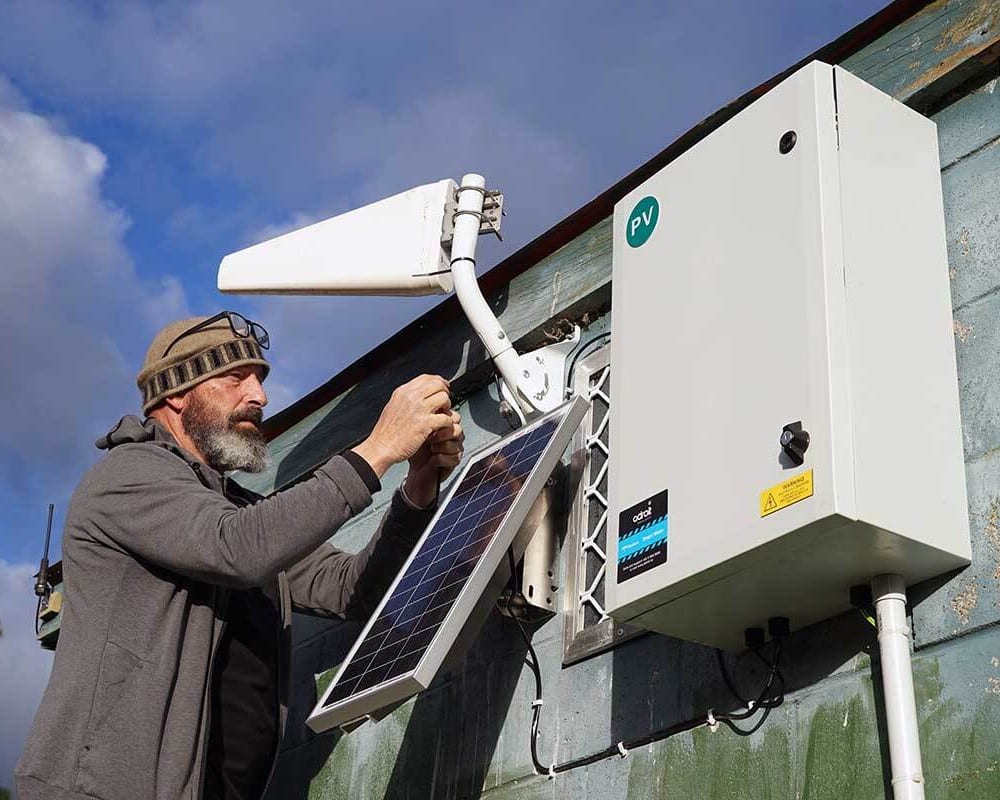Mercury, one of New Zealand’s energy utilities, installed a s::can real-time water monitoring solution in South Waikato. What differentiates this project from others, is that this installation is for the public good – it has the potential to help transform environmental management decisions, by putting real-time information on water quality in front of all stakeholders including the local community, businesses, and the general public.
Catchment Water Monitoring for the Public Good
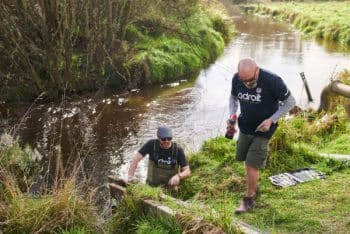
androit
Background
The health of New Zealand’s waterways in rural environments has become an urgent issue in recent years. Concern over the potential health effects of nitrates in rivers and aquifers, effects of urban and industrial pollution and effects of climate change mean that there is a need for a greater understanding of the condition of waterways and what is impacting it on a daily (or even, hourly) basis.
What diff erentiates this project from others, is that this installation is for the public good, not any individual business – it has the potential to help transform environmental management decisions, by putting real-time information on water quality in front of all stakeholders including the local community, Iwi (largest social unit in New Zealand Māori society), businesses, and the public. The present standard practice is monthly grab samples that are manually collected on-site, delivered to a laboratory, then analyzed, with results reported several days, or even weeks after sampling.
Challenge
The goal was to measure and provide accurate and reliable continuous reporting of key water quality factors from the single, rural catchment site. A particular challenge was the installation of the sensor and IoT equipment taking into account water levels (allowing for fl ooding or drought), the possibility of damage from livestock, birds or vermin, the possibility of equipment theft or damage, solar panel placement, and performance IoT network coverage.
The main enclosure which houses a data logger, sensor controller, solar power control systems and battery, was mounted onto the side of a nearby pump house. The IP-rated enclosure is the termination point for all sensor cables and network connections. It can be mounted to either a wall or a post depending on the site.
The 30 Watt solar panel was mounted on the roof of the building. An external directional antenna was added to ensure a strong network connection due to the remote location. The directional antenna is used for communications of a medium range ( 5 to 8 km) between two points. In this solution, the control box is transmitting to a local network provider using the Cat M1 protocol.
Solution
The solution deployed is Adroit’s/s::can UV Nitrate and Multi-parameter Sonde monitoring kit, which is solar-powered and designed specifically for New Zealand streams, rivers, and catchments. It provides accurate and reliable real-time monitoring of Nitrates, Total Suspended Solids Turbidity and many more parameters. Measurements are taken every hour and transmitted to the Adroit Platform. Sensors were installed using Adroit’s custom-built deployment pipes and include self-cleaning sensor wipers (ruck::sack) which ensure consistent performance with minimal maintenance.
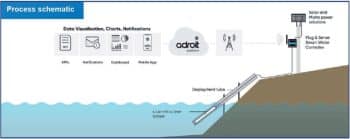
In January 2023, New Zealand experienced heavy rainfall, with over 200 mm falling in just three days (from January 27-29) in the Waikato catchment region. This is significantly more than the historical average of 82 mm for the entire month of January. The excessive rainfall caused a sharp increase in TSS and Turbidity values.
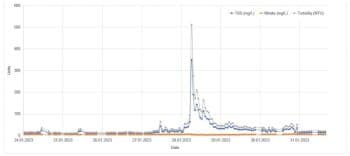
Benefits
A large number of stakeholders in the project have been provided with access to the platform and are already successfully viewing the data. The access to live data 24/7 has been particularly interesting and has already revealed some surprises. The data will help to make sure the actions taken are what’s best for the catchment, rather than what’s best from an individual perspective.
“…the data is showing the picture, and there’s already a lot of interest in it. It’s really having the desired effect, which is to get people talking about it, seeing what it does today and whether it’s any different tomorrow. So yes, I’m really happy with the result.“
– Gavin Williamson, Catchment Sustainability Manager for Mercury
